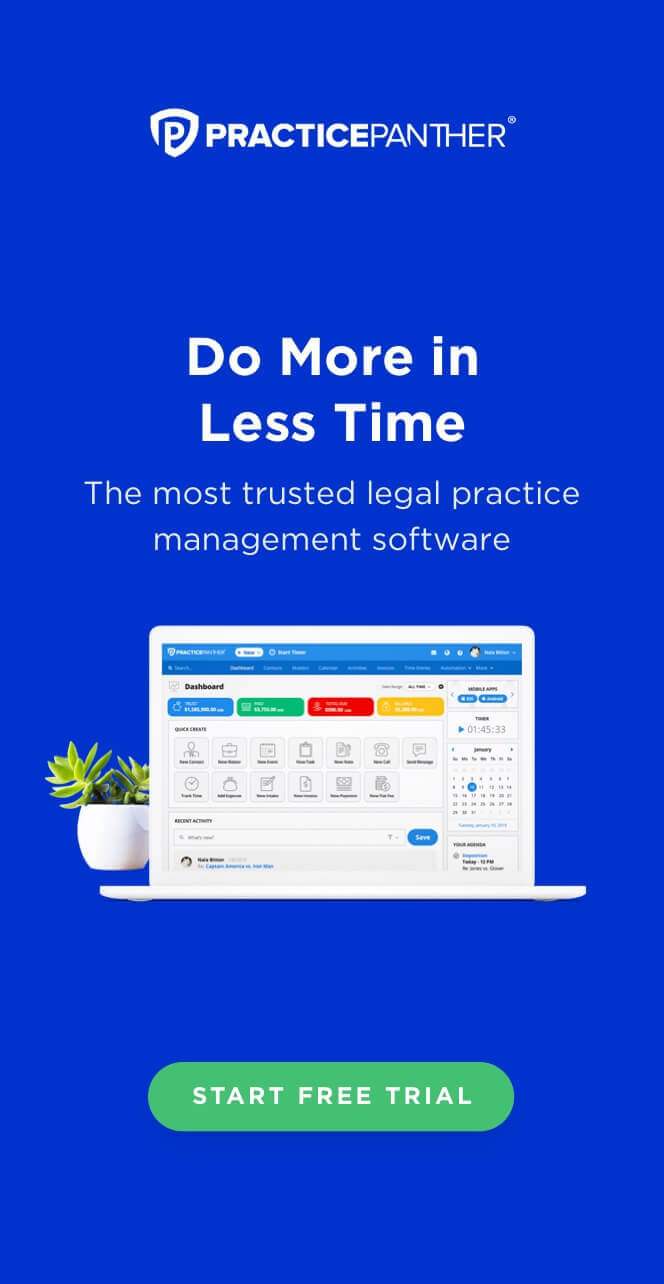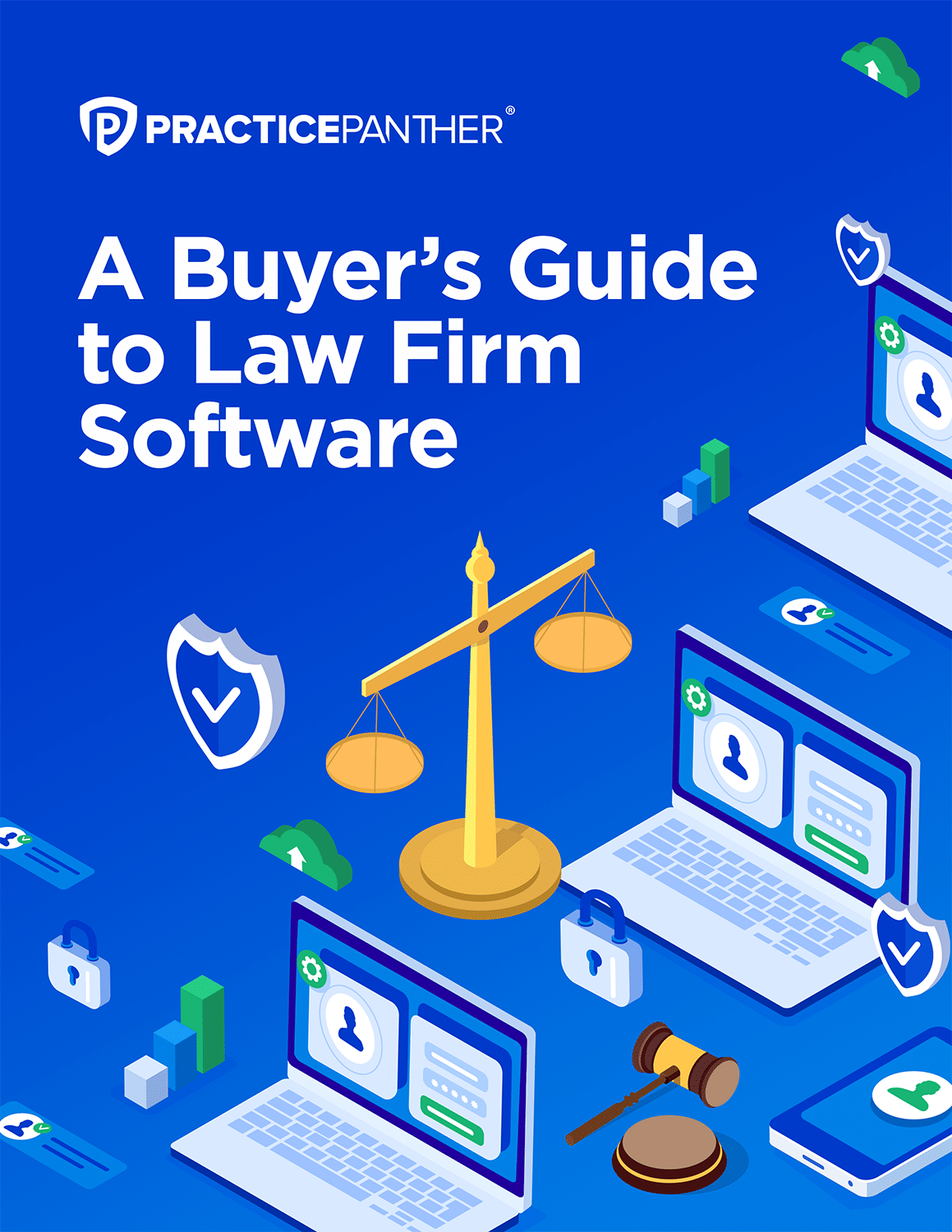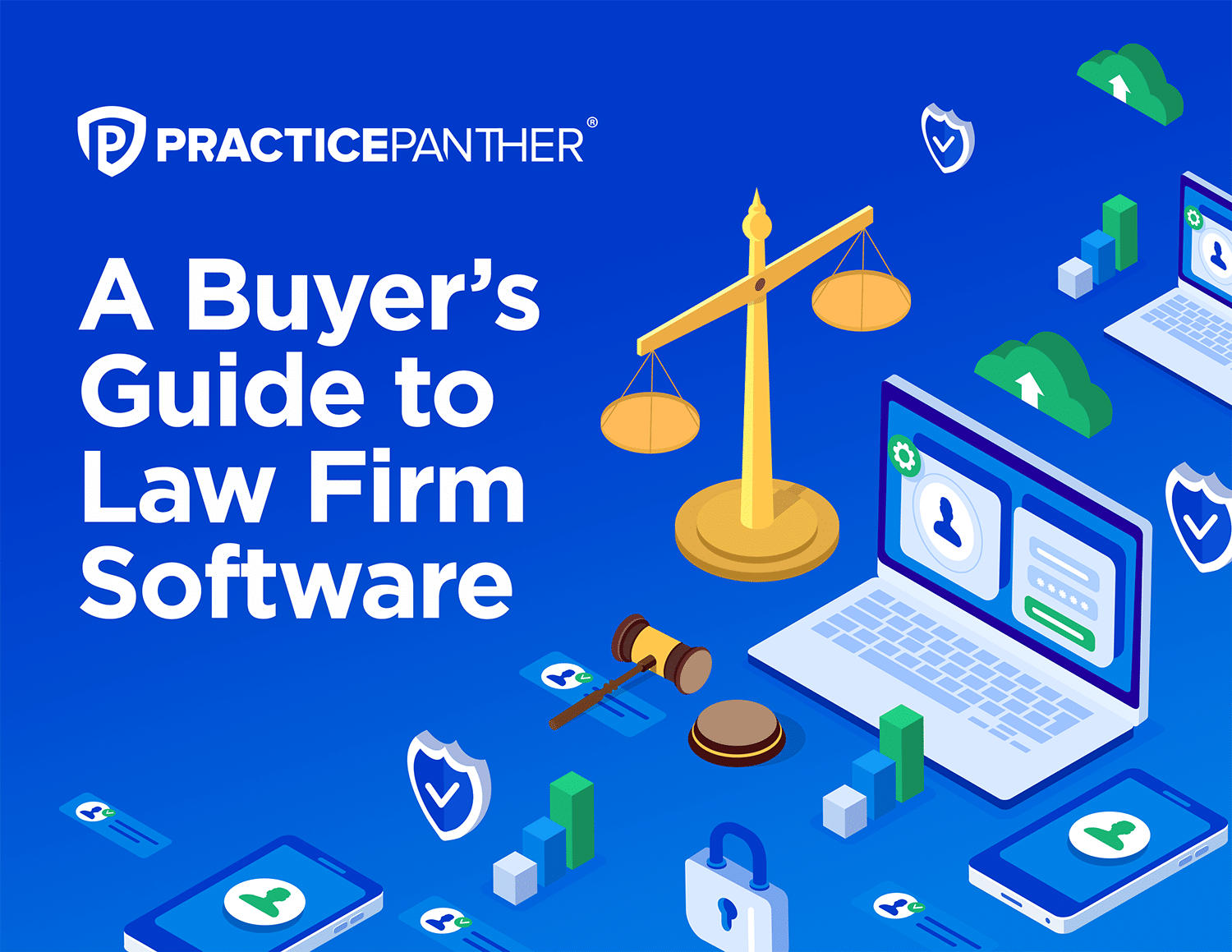 Where do people go to locate legal services and then research those services? They search the Internet, of course. How many lawyers are you competing against? That would be 1,335,962, according to the latest statistics from the American Bar Association. That’s a lot of competition.
Where do people go to locate legal services and then research those services? They search the Internet, of course. How many lawyers are you competing against? That would be 1,335,962, according to the latest statistics from the American Bar Association. That’s a lot of competition.
To be fair, not all of them are in your neighborhood. But enough of them are in your area that people need to see your website pop up on the first search engine results page (SERP) of Google, the most popular search engine in the world. The fact is, people rarely click through to pages two, three, four and so on, even though those sites feature perfectly good attorneys.
We gotta start somewhere, so here’s to step one.
Careful and thoughtful search engine optimization (SEO) of your website will help it place high in ratings. What does that mean? Well, there are a number of things that you can do to achieve this. To start with, analyze your current site. This is your basic starting point in your quest to rank well in Google’s SERP.
Your website should include static and blog pages. Your static pages pretty much remain the same. These pages include information about your firm and attorneys.
If you want to go deep in marking up your code, explore Schema.org, a collaborative effort founded by Google, Microsoft, Yahoo, and Yandex. Schema.org is code that uses semantic vocabularies to mark up your web pages. According to Schema.org, “vocabularies are developed by an open community process, using the public-schemaorg@w3.org mailing list and through GitHub.” Schema.org provides a special section just for lawyers.
Put metadata to work on your website’s pages. Metadata is the information that is behind the scenes on your website. It includes, among other things, your meta description and meta title. The resulting information on SERPs serves as great organic ads, by the way.
Meta titles are the headlines that appear on SERPs. While there is not a length limit, it’s a good idea to keep it under 60 characters or you will run the risk of having your beautifully written title truncated. Keep your title concise and informative and make sure it relates to the page content.
Meta descriptions are the lines that appear under the title on a SERP. It can be up to 320 characters (spaces included), but it’s best to keep it under 160 characters. While a well-written meta description doesn’t increase search results, it will contribute to an increased click-through rate or CTR, which means more traffic going to your website. To leverage your entire site in terms of SEO, be sure to write different meta descriptions for each page.
You may have noticed the absence of the word “keyword.” Relying exclusively on keywords in SEO is now obsolete. Instead, the focus today is to create “topic clusters.” This came about because people started searching the web by asking questions rather than typing two or three main words in search bars. Some people blame Siri for this change in search engine algorithms because the phrasing is quite similar to that used by people asking their smartphone for answers. Whatever the case, now the best SEO practices mean building a series of clusters around a topic.
To do this, start out with a pillar page. Determine a topic on which you want to focus. Next, surround this topic with subcategories. This is the “cluster.” For instance, you might want to highlight your expertise in estate planning. Your subcategories might be elder law, asset protection planning, business planning, disability and illness, estate administration and trusts.
Link your pillar page on estate planning to each of these subcategory pages and link the subcategory pages back to the pillar page. The idea is to demonstrate to Google that there are relationships among your pages. Linking is incredibly important. Link blogs, white papers and other material back to your topic page as well (as long as they contain relevant material to the pillar page).
Along these relational lines in contemporary SEO, you must consider RankBrain, a component of Google’s search engine Hummingbird. This creatively named Google conception, announced on October 26, 2015, is the third highest Google ranking factor.
RankBrain is an artificial intelligence program that learns search behavior. It is an adaptive tool that guesses a user’s true intent. As an informative quote, patent attorney Bill Slawski pointed out, “To an equestrian a horse is a large 4 legged animal, to a carpenter, a horse has 4 legs, but it doesn’t live in fields or chew hay, to a gymnast a horse is something I believe you do vaults upon; with RankBrain, context matters, and making sure you capture that context is possibly a key to optimizing for this machine learning approach.”
Modern approaches aside, traditional methods of ensuring that your clients and potential clients find you are still important. I’m sure you’re wondering about Googles’ first and second ranking factors. Content is reportedly the highest ranking factor and backlinks are in second place.
Add value to your content by blogging frequently. One approach is to post a new blog on a particular weekday so that your fans will learn when to expect to read your masterpiece. Include keywords without keyword stuffing, upon which Google frowns very deeply. Be sure to link back to a pillar page and link a pillar page to your blog story.
How many words should you write? According to Backlinko’s study on SEO, “the average word count of a Google first page result is 1,890 words.” There are a few theories why this is so, but the bottom line is that you be dutiful and write at least 1,890 words.
Have I mentioned that you should link early and often? When you do link to other pages, be sure that page has high domain authority, which is a page that ranks high on SERPs.
A backlink is when an external webpage links to one of your web pages. It is most important to gain backlinks from authoritative, quality sites. One way to do this is by simply asking. Alltop.com is a good place to search for these sites.
Google Analytics offers a plethora of tools to help you out. Take advantage of them – the tools are free to use and most helpful. In the meantime, happy journeys in your quest to reach the first page of SERPs!
Conclusion
Now more than ever, there are countless tools at the fingertips of any entrepreneur looking to optimize their law firm’s website. However, with these tools come various nuanced responsibilities that must be kept in mind, lest the quest for SEO become counterproductive. If you get to know the platforms that evaluate the performance of your online presence, you’ve completed the most crucial step in the process of solidifying your firm’s online presence. These platforms have equal abilities to both harm and help the marketability of your firm, and familiarizing yourself with them is a pivotal way to ascertain that these resources are harnessed to benefit your business as much as possible.





